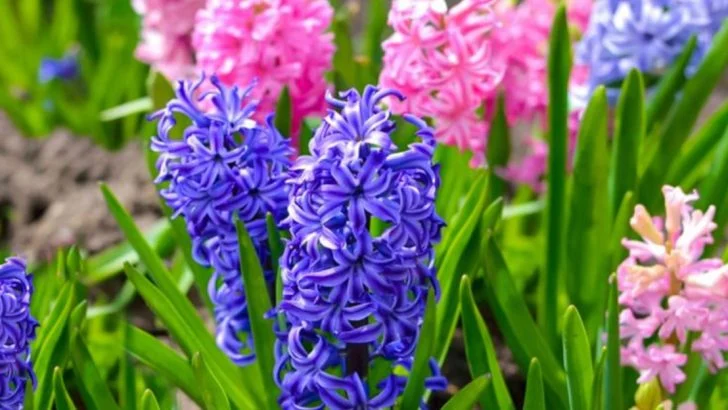A garden that not only looks beautiful but also smells absolutely amazing can transform your outdoor space into a sensory haven. With the right plants, you can fill your garden with delightful fragrances that will greet you every time you step outside, no matter the season.
In this article, we share 17 plants that will make your garden smell incredible all year long. From springtime jasmine and summer lavender to fall-scented chrysanthemums and winter honeysuckle, these fragrant plants will create a captivating aroma that changes with each season. Turn your garden into a scented paradise that’s just as pleasing to your nose as it is to your eyes!
Lavender
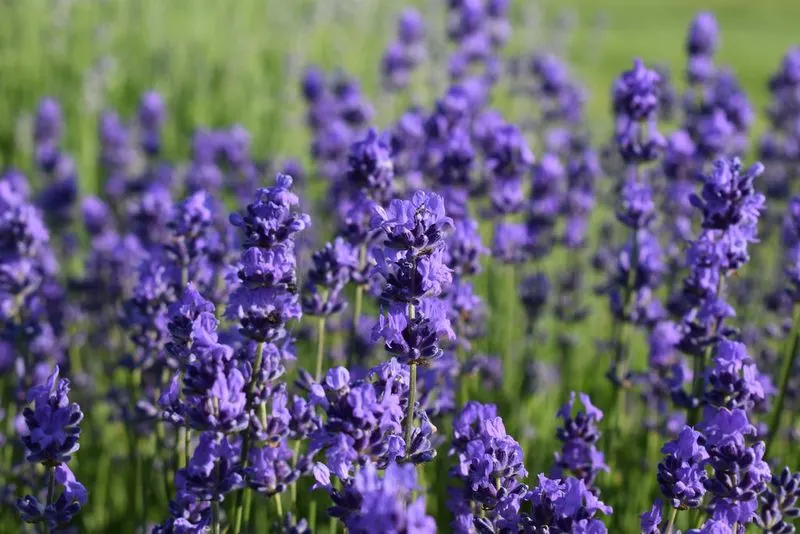
Lavender brings the essence of Provence right to your garden with its unmistakable fragrance. Its soothing scent is known for promoting relaxation and reducing stress. Plant it along pathways where its aroma can be easily enjoyed, or use it as an attractive border. This hardy plant thrives in sunny locations with well-drained soil. Whether you’re creating homemade sachets or simply admiring its beauty, lavender adds a touch of elegance and tranquility to any garden. Plus, it’s a magnet for pollinators, enhancing the vitality of your entire garden ecosystem.
Roses

Roses are synonymous with love and beauty, and their fragrance is nothing short of intoxicating. With countless varieties, from hybrid teas to climbers, there’s a rose for every garden space. Position them near seating areas to fully appreciate their perfume. Regular pruning and feeding will keep them healthy and blooming profusely. To experience the strongest scents, look for varieties like ‘Gertrude Jekyll’ or ‘Mister Lincoln’. Roses not only provide year-round charm but also serve as a stunning visual focus, making them a timeless garden favorite.
Jasmine

The exotic aroma of jasmine is both heady and romantic, making it a standout choice for any garden. As a climbing plant, it can elegantly drape over fences or trellises, offering a delightful scent on warm evenings. Although it prefers warmer climates, jasmine can be grown in containers and moved indoors during colder months. Its fragrance peaks at night, enhancing the magic of moonlit gardens. Jasmine’s scent can also attract beneficial insects, creating a harmonious garden environment.
Gardenia
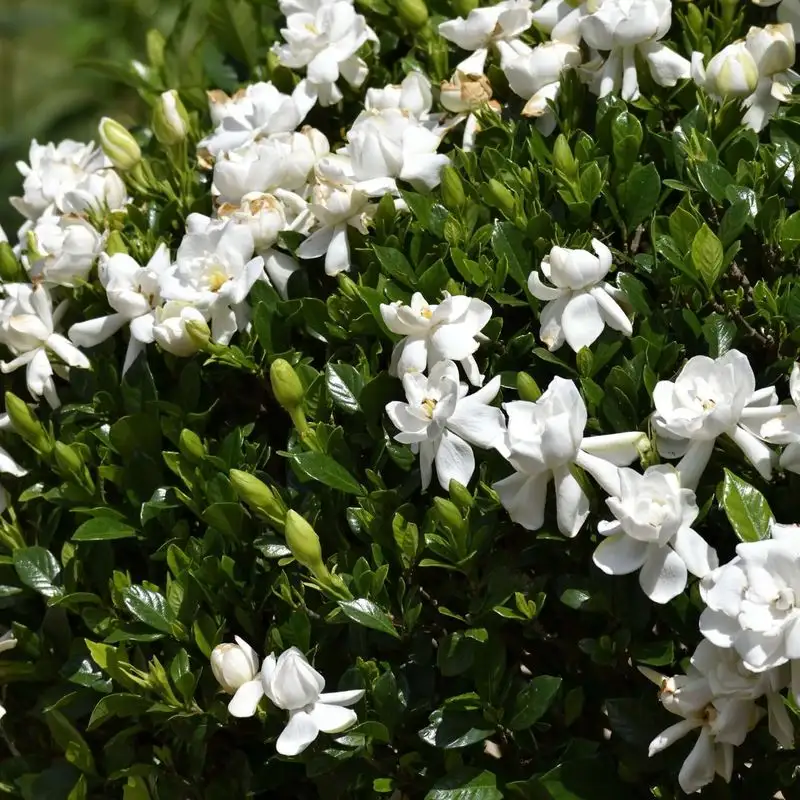
Gardenias are renowned for their rich, sweet fragrance and elegant white blooms. These evergreen shrubs make excellent additions to garden beds or as container plants. They prefer partially shaded areas with acidic, well-drained soil. With consistent watering and protection from harsh sun, gardenias can thrive and fill your garden with perfume. Their scent is so captivating it’s often used in perfumes and scented products. Gardenias not only elevate the sensory experience but also add a touch of classic beauty to your landscape.
Honeysuckle
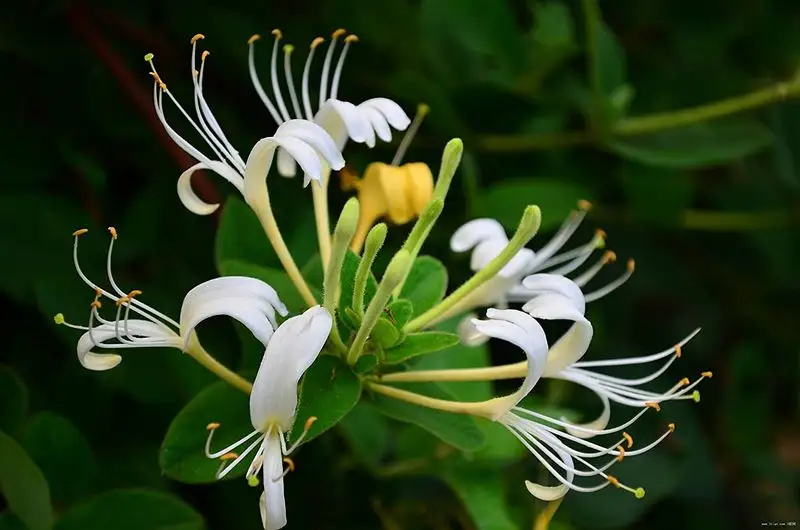
Honeysuckle offers a sweet, nostalgic fragrance that can evoke memories of summer days. These vigorous climbers are perfect for covering fences or pergolas, providing both privacy and scent. They thrive in full sun to partial shade and can adapt to a variety of soil conditions. Honeysuckles attract hummingbirds and butterflies, enhancing the biodiversity of your garden. Regular pruning will control their growth and encourage new blooms. Their intoxicating aroma is best enjoyed during the evening, making them perfect for night gardens.
Lilac

Lilacs are celebrated for their lush, sweet-smelling blooms that herald the arrival of spring. These hardy shrubs thrive in well-drained soil and full sun, rewarding gardeners with an abundance of flowers. After blooming, a light pruning can help maintain their shape and encourage more vigorous growth. Lilacs are not only a visual delight but also a fragrant addition that can be used to create beautiful arrangements indoors. Their scent is nostalgic and reminiscent of traditional gardens, bringing a timeless quality to your outdoor space.
Mint
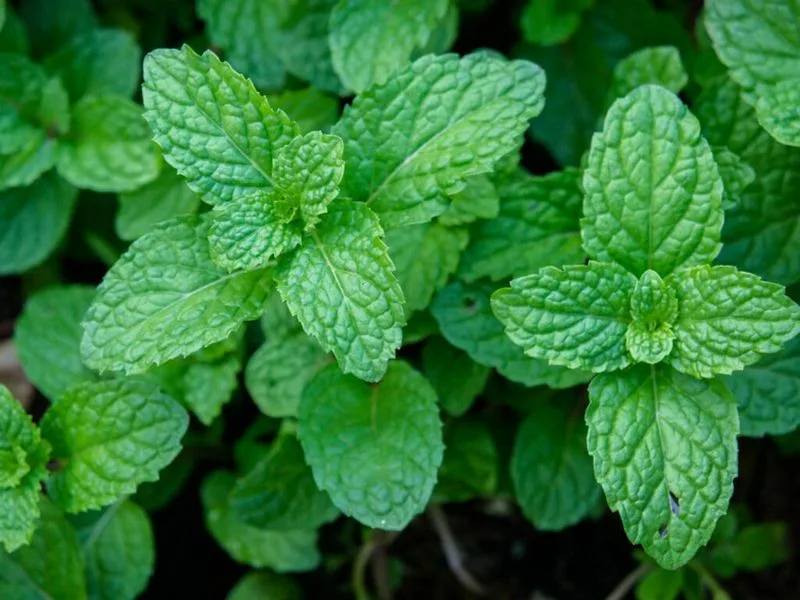
Mint is more than just a culinary herb; its refreshing scent invigorates any garden. Easy to grow and maintain, mint prefers a spot with partial shade and moist soil. It’s best planted in containers to prevent it from overtaking your garden beds. Use it to create naturally aromatic borders or in planters on patios. The leaves can be harvested for teas and cocktails, adding a fresh twist to your drinks. Mint’s bright fragrance is a natural pest deterrent, making it a practical and pleasant addition to any garden.
Peony

Peonies are beloved for their lush, voluptuous blooms and delightful fragrance. These perennial favorites thrive in sunny spots with well-drained soil. Although they require patience to establish, the wait is worth the bountiful blooms in spring. Sturdy stems help support their large flowers, which can be cut for stunning bouquets. Peonies offer a sweet, romantic scent that lingers in the air, making them a cherished garden staple. Their timeless beauty and fragrance ensure they remain popular among gardeners and floral enthusiasts alike.
Sweet Pea

Sweet peas enchant with their vibrant colors and alluring fragrance, making them perfect for cutting gardens. These annual climbers thrive in cooler climates and prefer a sunny location with rich, well-drained soil. Regular watering and deadheading encourage prolonged blooming, allowing their scent to fill the air. Their delicate flowers are ideal for floral arrangements, bringing a touch of elegance indoors. Sweet peas’ captivating fragrance and nostalgic appeal make them a favorite among gardeners seeking both beauty and aroma.
Hyacinth
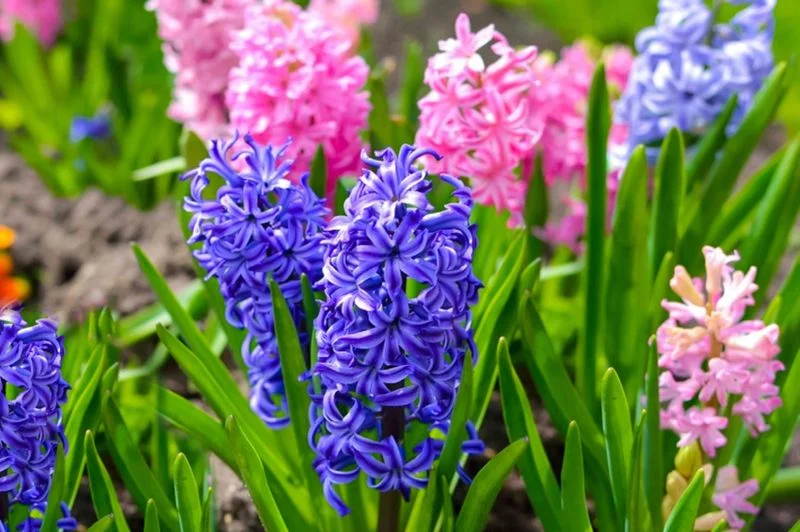
Hyacinths are spring bulbs that burst forth with vibrant colors and a fragrance that can fill an entire garden. Plant them in drifts for a stunning visual and olfactory display. They thrive in well-drained soil and full sun, making them easy to grow in borders or containers. After blooming, allow the foliage to die back naturally to store energy for the next season. Hyacinths’ intoxicating scent is a welcome sign of spring, lifting spirits and signaling the end of winter’s chill.
Magnolia

Magnolias are known for their grand, fragrant flowers that add a touch of southern charm to any landscape. These trees thrive in well-drained, slightly acidic soil and require plenty of space to reach their full potential. Offering a citrusy, floral scent, magnolias bloom in spring, although some varieties continue to flower sporadically throughout the year. Their impressive size and fragrance make them a standout feature in larger gardens. Magnolias are more than just showy flowers; they are symbols of grace and dignity.
Lily of the Valley
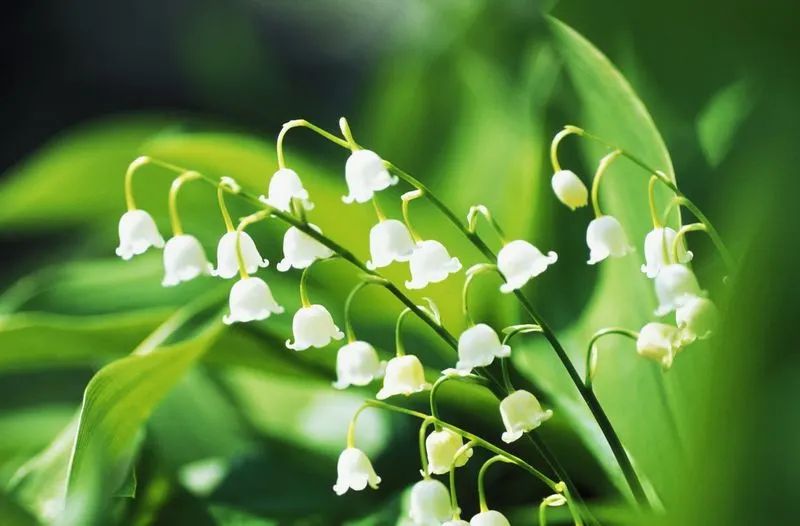
Lily of the Valley exudes a sweet, fresh fragrance that is surprisingly powerful given its small size. Ideal for shady spots, these perennials create a lovely ground cover with their delicate, bell-shaped flowers. They thrive in moist, well-drained soil and require minimal maintenance once established. Their scent is often used in perfumes and potpourris, capturing the essence of spring. Despite their dainty appearance, Lily of the Valley is a hardy plant that can naturalize over time, providing enduring beauty and fragrance.
Daphne
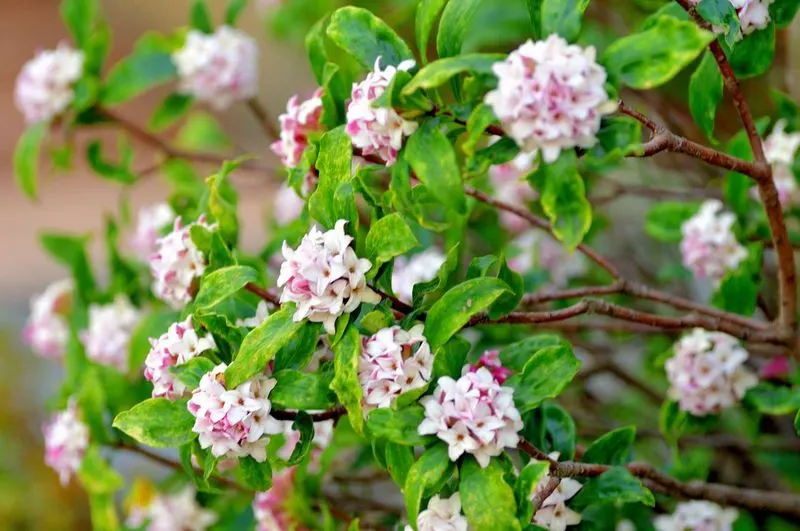
Daphne’s fragrance is legendary, offering a sweet, spicy aroma that can scent an entire area. These shrubs thrive in partial shade with well-drained, slightly acidic soil. Although they are somewhat fussy, demanding careful attention to watering and placement, the reward is worth the effort. Daphne blooms in late winter to early spring, providing much-needed color and scent when most gardens are still dormant. Their intoxicating fragrance and attractive blooms make Daphne a prized possession for those who appreciate fine scents.
Freesia
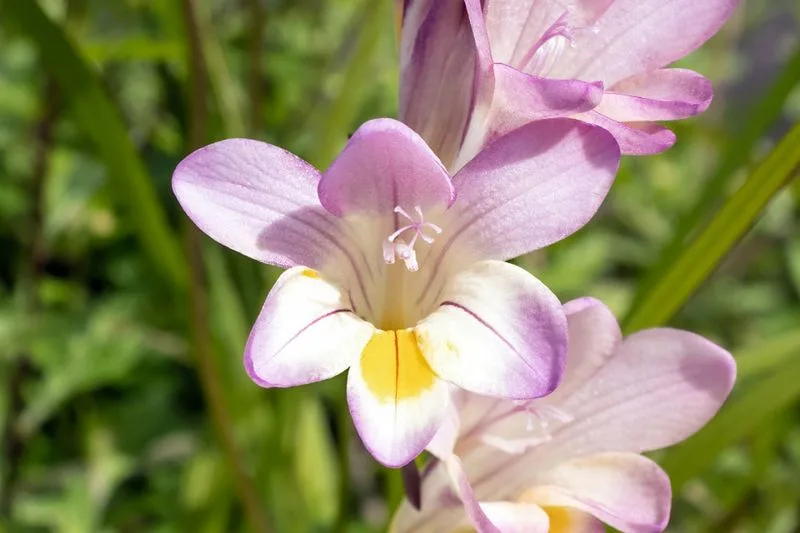
Freesias are cherished for their bright colors and sweet, citrusy scent. These tender perennials grow from corms and are best suited to sunny spots with well-drained soil. They make excellent cut flowers, bringing their delightful fragrance indoors. Freesias need regular watering during their growing season but should be kept dry during dormancy. Their captivating aroma and vibrant display make them a favorite for bouquets and garden beds alike. Freesias offer an inviting scent that complements any garden’s sensory experience.
Scented Geraniums
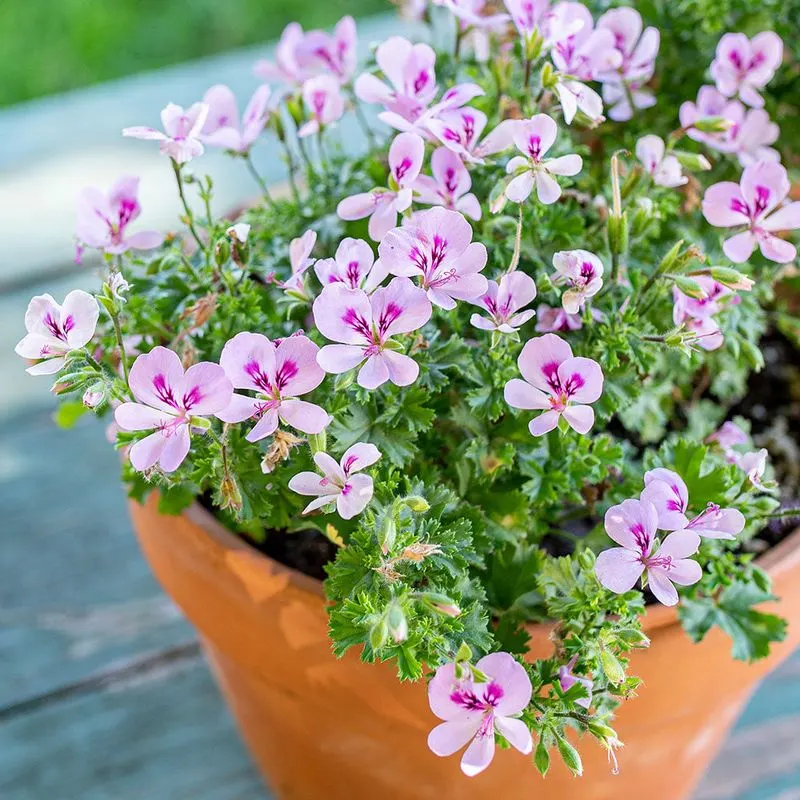
Scented geraniums are appreciated not just for their charming flowers but for their aromatic leaves. Each variety offers a unique scent, from citrus to rose, adding a sensory layer to any garden. They thrive in well-drained soil and full sun, making them ideal for pots and borders. Regular pinching encourages bushy growth and more leaves to enjoy. Use the leaves in potpourris or to flavor culinary dishes. Scented geraniums offer a playful way to explore scents in the garden, with an array of options to suit any preference.
Wisteria
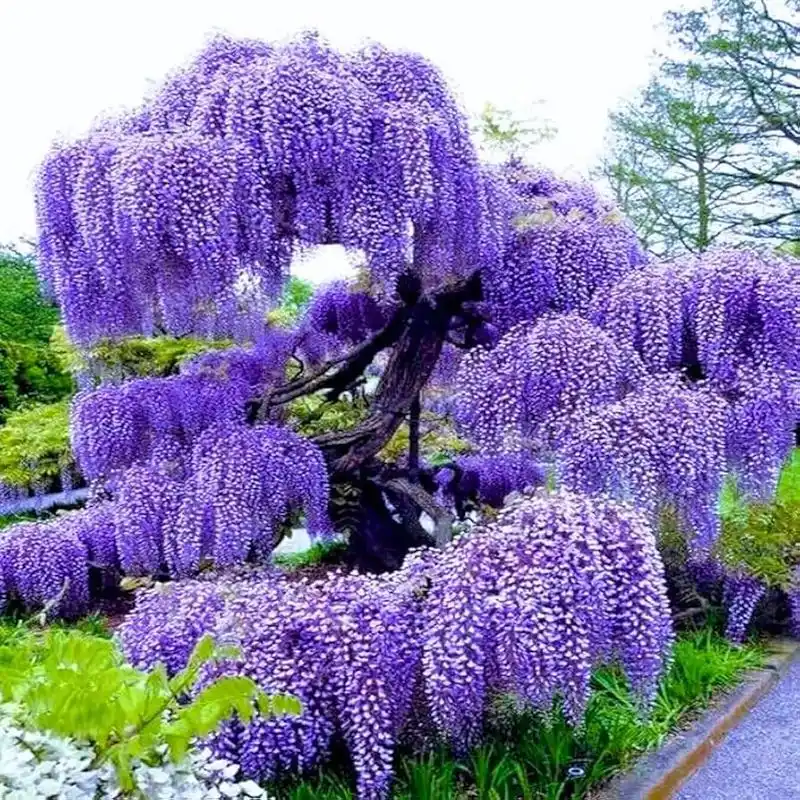
Wisteria is a showstopper with its cascading clusters of flowers and heady fragrance. As a vigorous climber, it requires strong support and regular pruning to keep it in check. Ideal for pergolas or trellises, wisteria thrives in well-drained soil and full sun. Its blooms appear in mid to late spring, offering a dramatic and aromatic display. While it takes time to establish, the reward is a breathtaking view and a garden filled with fragrance. Wisteria’s elegance and scent make it a beloved choice for traditional garden settings.

